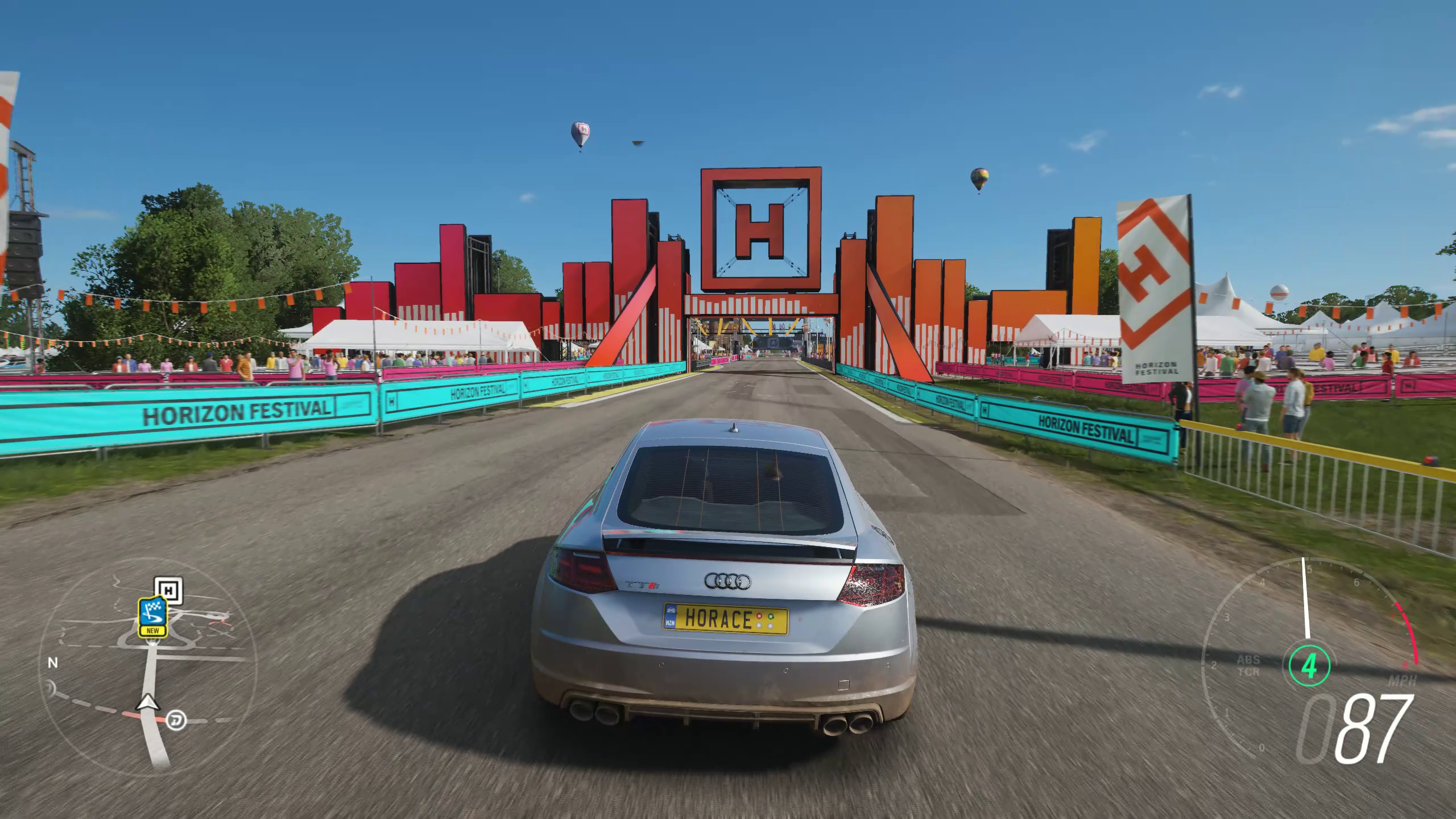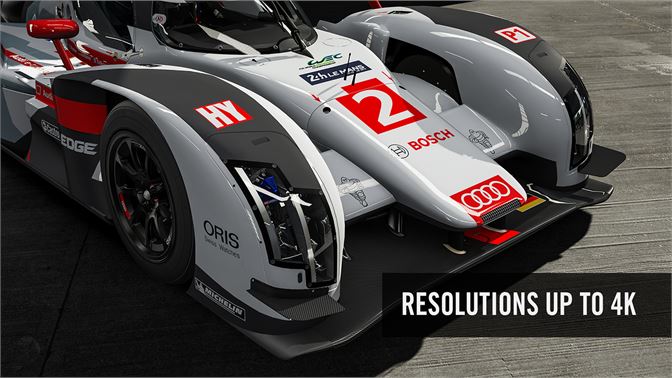

That said, there’s no stopping gamers from installing a second or even a third 1060 card into their system if they are using Windows 10. The payoff is considerable little, as the gain in performance doesn’t usually justify the effort to do these optimizations – nor the price of paying for one or two more cards. The last bit is interesting, as NVIDIA has to do a lot of work with game developers to optimize various SLI configurations for multiple titles. And with a TDP of just 120 watts, the card needs just a 6-pin PCIe connector for power. Crucially, the card will be the first NVIDIA card to do away with SLI support – there is literally no SLI connector on the 1060 cards. These are all the latest display standards, so the GeForce GTX 1060 is fully-equipped to support things like HDR content. In the way of display connectors, the card has the fairly standard selection of three DisplayPort 1.4 ports, one HDMI 2.0b port, and one dual-link DVI connector. Its low 120 watts TDP also meant that it only requires a 6-pin (and not an 8-pin) PCIe connector for power. For one, it’s a bit shorter and so might just be a better fit for small form factor casings. While the GTX 10 share a like for like design and heat-sink fan system, the GTX 1060 sports a few differences from its speedier brethren. The GeForce GTX 1060 Founders Edition is going for US$299, but the custom cards from NVIDIA’s partners (e.g., from ASUS, MSI, Gigabyte…) will start from US$249 onwards. The odd Founders Edition premium applies here as well. The 1060 also only comes with 6GB of onboard memory, unlike the 8GB on the 10 cards.Īs with the GeForce GTX 10, NVIDIA will also make available a Founders Edition version of the GTX 1060 that is only available on their website. However, the GTX 1070 has 1,920 CUDA cores on its GPU versus 1,280 cores on the GTX 1060, hence the gap in performance between these two cards. As it turns out, the GeForce GTX 1060 actually has the same base clock as the GeForce GTX 1070, but pairs that with a higher boost clock (the 1070’s boost clock sits at 1,683MHz). The card boasts a base clock of 1,506MHz and boost clock of 1,708MHz. The defining feature of NVIDIA’s Pascal cards have been their high clock speeds, and the GeForce GTX 1060 is no exception.


FORZA MOTORSPORT 6 APEX PC GTX 1070 1080P
The card is also an excellent option for living room gamers who are only looking for affordable and good 1080p performance – as our benchmarks later will show. Just as its bigger brothers offered unprecedented power at their respective price points, so does the GeForce GTX 1060.Īt US$299 for the Founders Edition (or US$249 for partner boards), the GTX 1060 is NVIDIA’s mainstream card, and is aimed at the lower end of the mass market or for use at eSports tournaments (where high performance cards are usually overkill). In this light, the GeForce GTX 1060 is the next logical step down the ladder. We already know by now that the GeForce GTX 1080 is targeted at gaming enthusiasts who want that top-end undisputed king of the hill, and the GeForce GTX 1070 appealing gamers who may be a little more price conscious but yet not wanting to sacrifice too much performance. So with the launch of its own GeForce GTX 1060, NVIDIA has completed the core of its Pascal line-up, which means it effectively has a card to appeal to three different market segments. It was just a matter of time, and a little sooner than expected but necessary to spoil the party for AMD’s mass marketed Radeon RX 480.


 0 kommentar(er)
0 kommentar(er)
